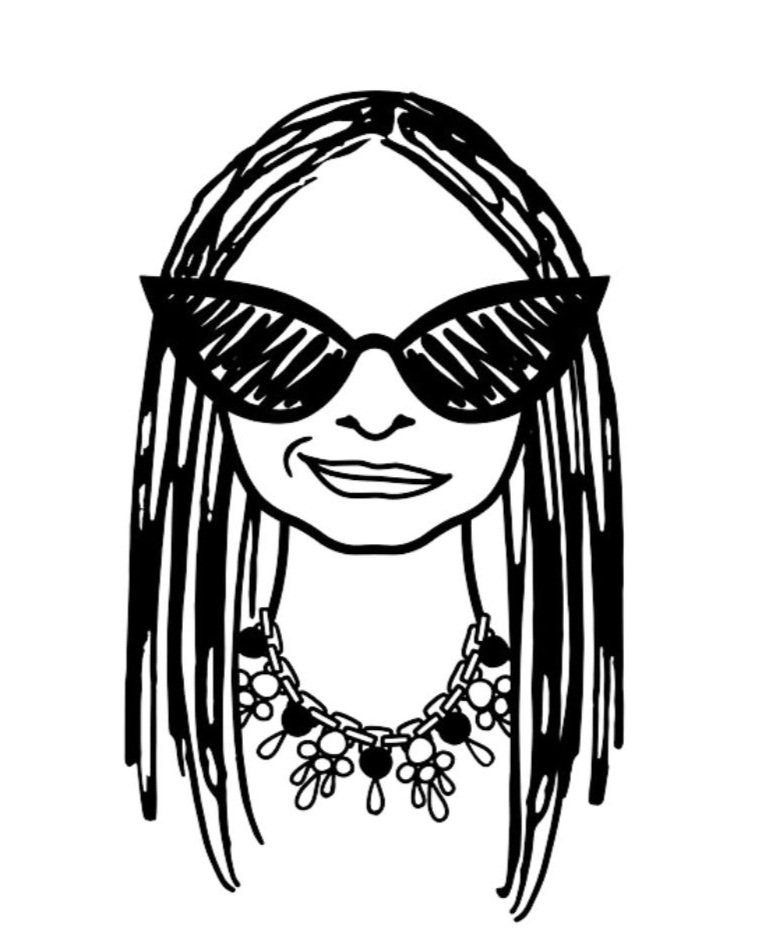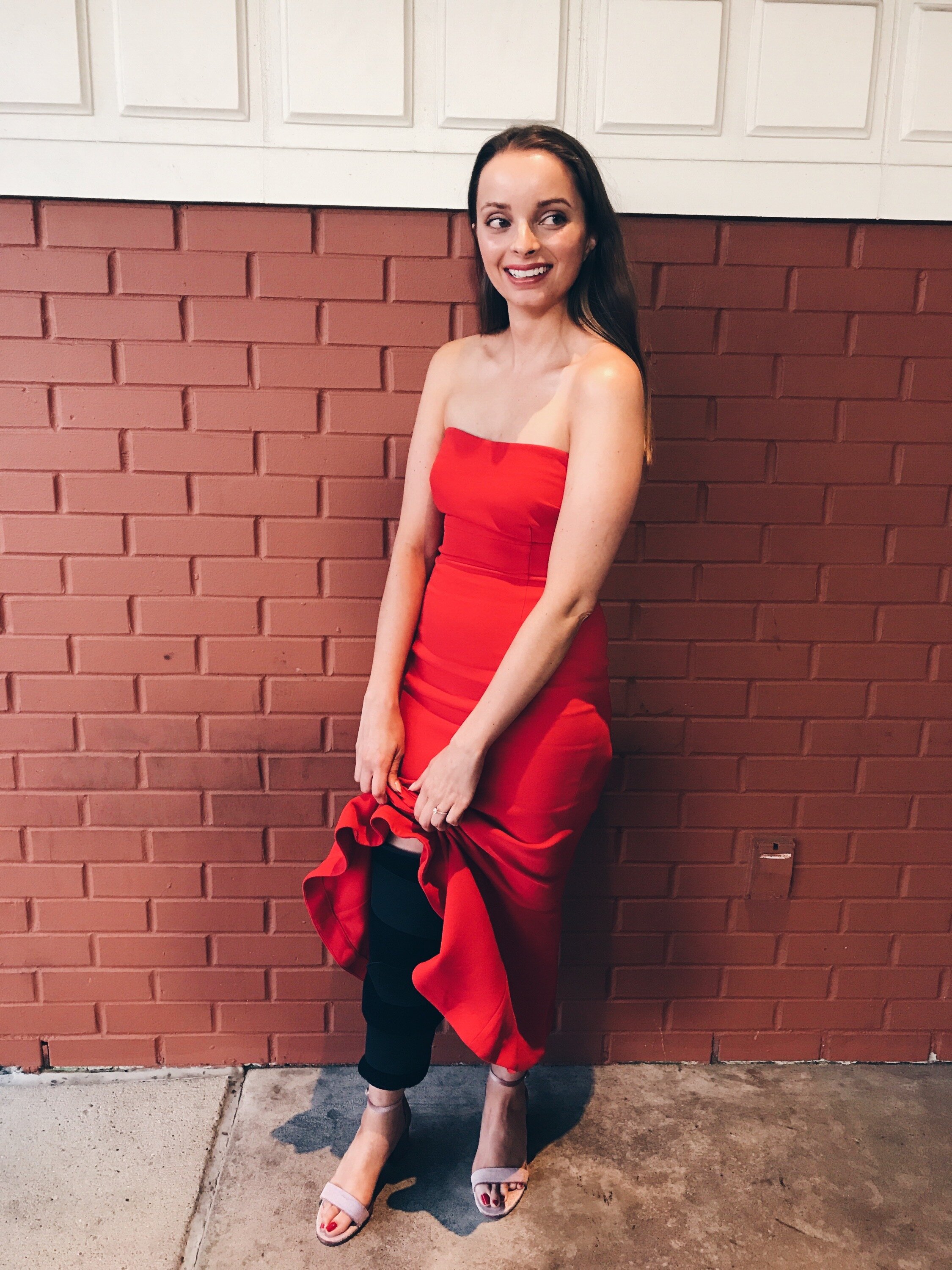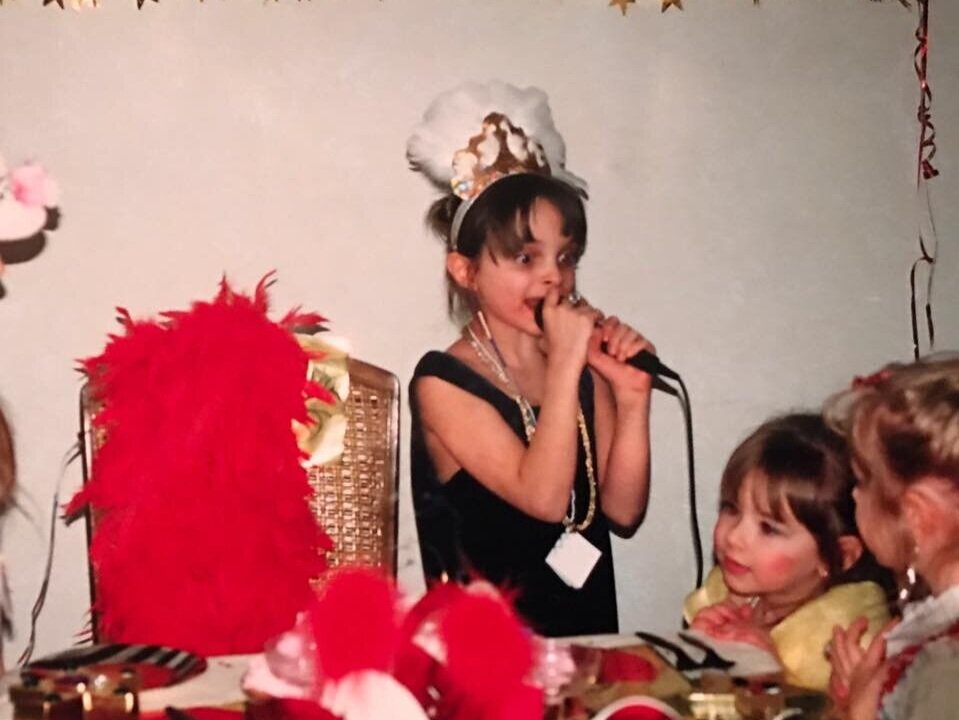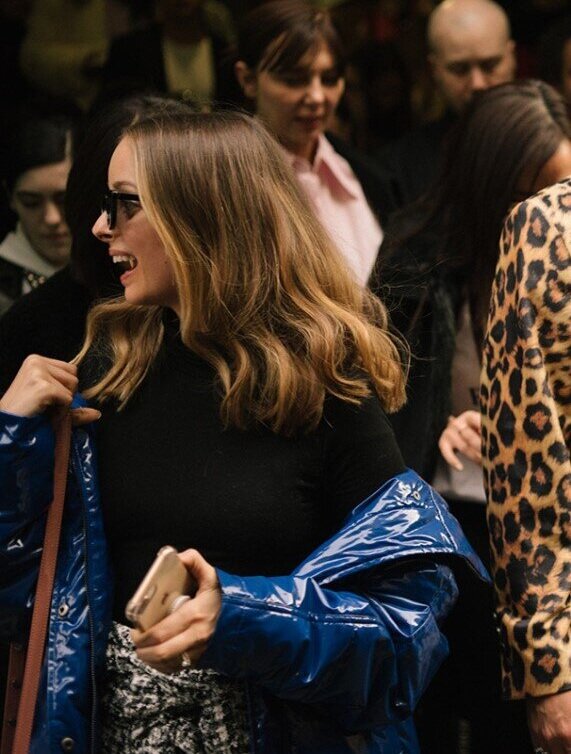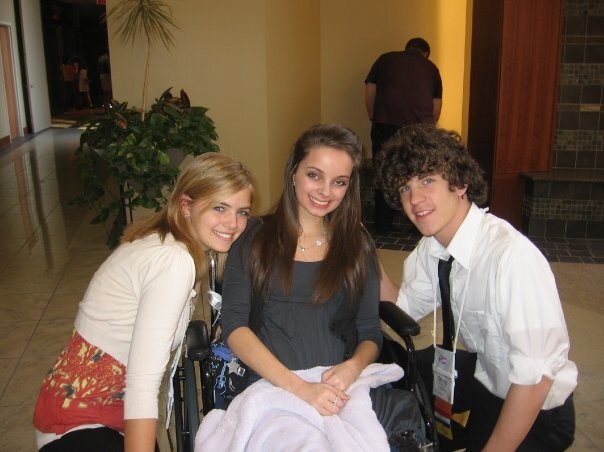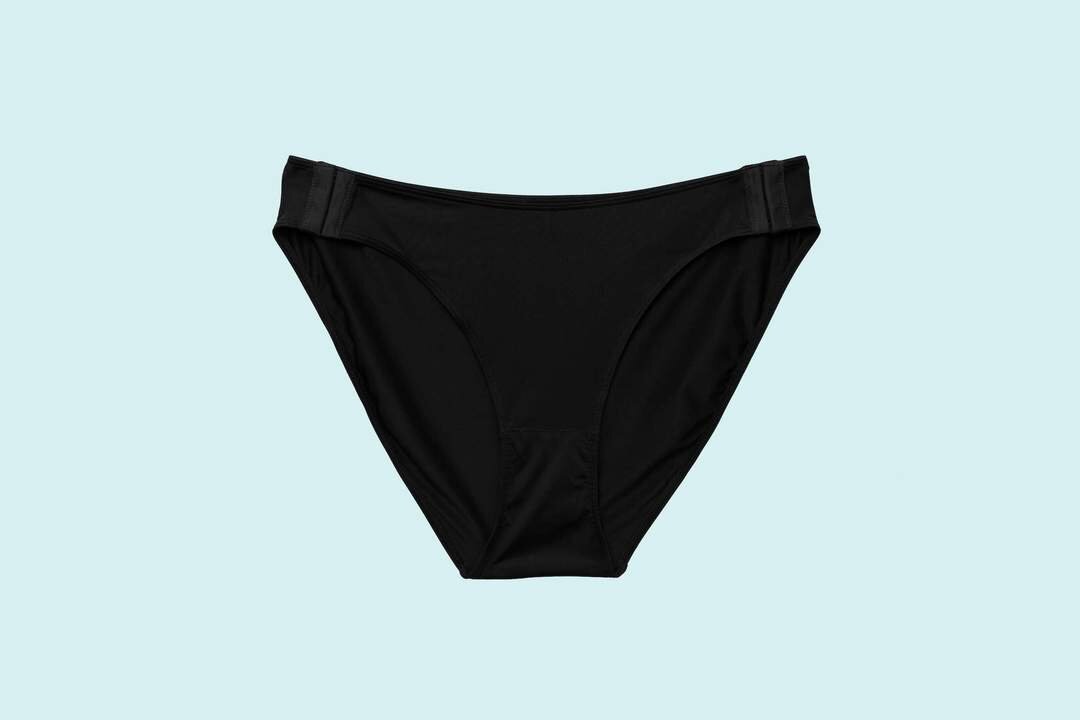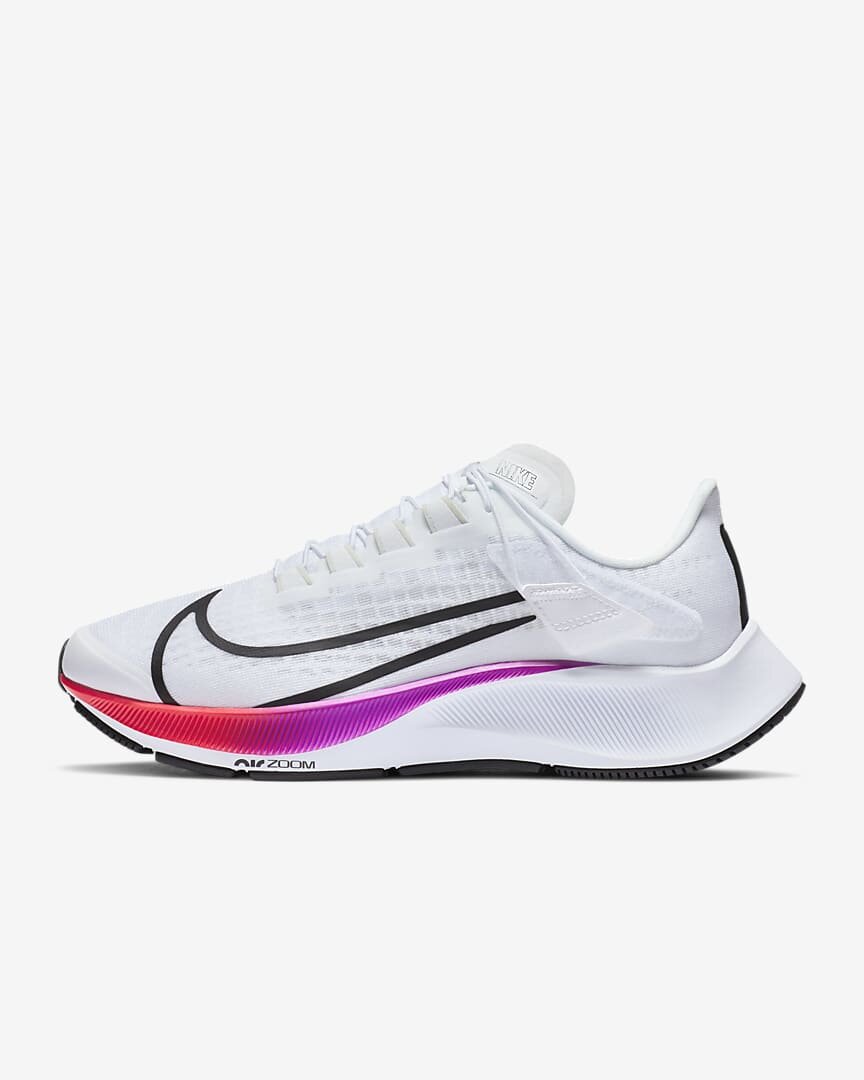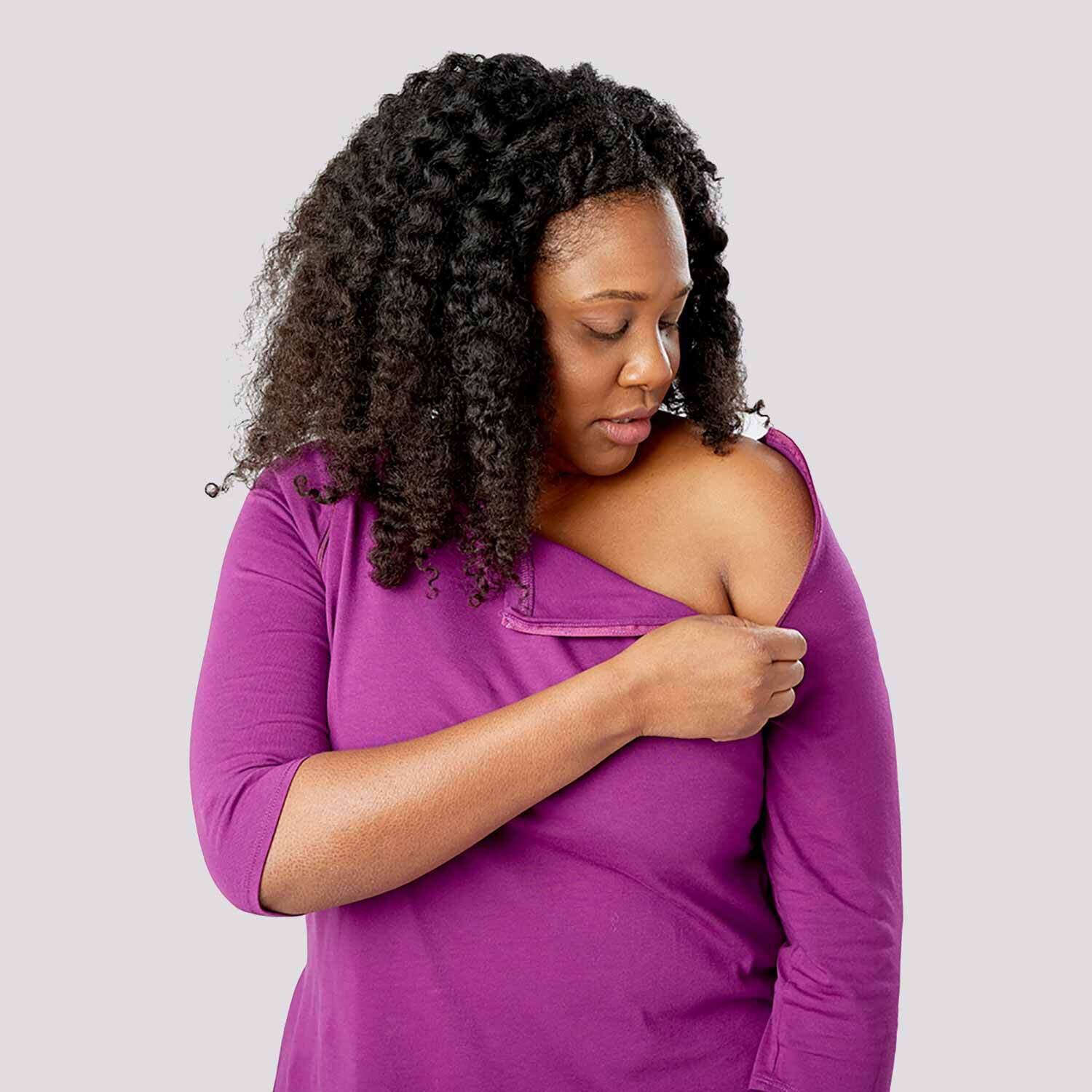Fashion-Able: How We Can Push The Fashion Industry to a More Accessible Future.
I have loved fashion for as long as I can remember. I loved how the feathers looked up against the plastic glitter of my “Princess Jasmine” slippers. I wanted an “Old Hollywood” party when I was eight so I could wear a velvet dress and bright red feather boa. I always knew I wanted to pursue a career in fashion. I have loved it for all my life- but it has seldom loved me back.
It’s hard to realize how inaccessible fashion and clothing is until you experience it firsthand. When I was young, we spent hours in shoe stores trying to find sneakers that would fit my leg braces, but didn’t look like you’d find them walking around a retirement home. I remember crying when the only sandals I would wear were bright blue Birkenstocks with a sunflower print (which jokes on me, because I am SURE they’re sold at Urban Outfitters now).
When I had my biggest surgery in 2007 and wore an external fixator for nine months, one of the largest challenges was getting dressed. Imagine being in pain, struggling to move, and spending energy being concerned with finding underwear, or having to wear a skirt in the dead of winter, because you couldn’t find pants to accommodate your device. My mom and I went to great lengths to create our own version of accessibility.
I couldn’t pull underwear up over my fixator. My mom bought pairs and pairs of cotton underwear, cut them all at the side seam and fastened with a safety pin. For 9 months, I had that hard metal pin digging into my skin, poking me every time I had to unfasten them to use the bathroom. We bought men’s 4XL pants and cut them up the side, I wore skirts with 2 pairs of leg warmers in the winter. I had to buy two different pairs of shoes, because my left foot was so swollen, it was three full sizes bigger than my right (Nordstrom was the only store that eventually started selling me single pairs of shoes, I will never forget that). During the first few months, I just wore a blanket over my leg at school, because as someone who had always loved getting dressed, I was embarrassed by my attire. How you present yourself to the world isn’t about clothes. It’s armor, it’s story-telling, it’s a courageous sign of self.
When I started to get more mobile with my external fixator, I started to regain a bit of my fashion identity-which at 16, felt like my entire identity. I found big voluminous skirts, swing coats with big circle hems, stretchy maxi dresses. It wasn’t easy, and this was before the time of mainstream online shopping – buying my Prom dress off the internet was a HUGE DEAL. (IT’S OFFICIAL. THAT SENTENCE MAKES ME OLD!) It should have been easier. It has to be easier.
In the past few years, accessibility in fashion has come a long way. More startups are dedicated to apparel that accommodates a range of differently abled people. Zappos Adaptive has been at the forefront of shaping the industry, working with designers to create accessible pieces as part of their production plans. Shirts with magnetic or velcro closures instead of buttons, the single-shoe program, and yes! Underwear that fastens at the side. The models featured have a variety of disabilities, which has also been nice to see an uptick in for retailers like Nordstrom, even Gucci. But it shouldn’t be novelty. It shouldn’t signify if a company is “good.” It should be the standard of retail.
The accessibility market in fashion is about function- and rightfully so. Getting dressed while disabled has to be about pieces that make life easier, more manageable. But as I experienced as a child, this usually means functionality over fashion, and many items are left looking bland, not lending a hand to expressing personal style. Stylized pieces, even luxury items often cater only to able bodies. There is virtually no vintage market for people with disabilities. For many, including myself, it can be a real hunt to find clothing that meets a standard of accessibility, all while being able to possess a personal style.
It comes as no surprise that I feel a real pull to shift my career from traditional fashion to accessibility and diversity in the industry. While I plan for the future, what can we do right now to push fashion forward?
The most simple is to take note when you are in a physical retail store. It is an ADA requirement that stores be fully accessible to wheelchairs and other handicap devices. However, I can’t tell you how many stores I have entered in a wheelchair, only to not be able to make it past the first set of racks. If you go out to shop, be aware. Could a wheelchair easily maneuver through there? Would it be hard for a person with a walker to get by? Is there available seating for someone with a cane? Could a blind person walk through here with a walking aid? If not, write to the company, call the manager (insert a “Karen” joke here). We all can help make shopping a more accessible and enjoyable experience for everyone.
Support businesses that offer accessible options, even if you’re not someone who needs them. I love shopping on Zappos not only because they have an accessible department, but because that department is integrated into their regular retail site. It’s not an extra, not another web address I have to go. It’s an inclusive shopping experience. Target now features accessible options, and brands like Tommy Hilfiger and Nike have accessible lines of product. Etsy also has a great community of accessibility-focused small shops.
Personally, I will be reaching out to my favorite online retailers to offer “accessible” filters on their site. For instance, The Real Real could curate an accessible section of the app, easily found by filtering for it. This could be as simple as curating items without buttons, stretch clothing, magnetic closure tops, seated and sensory friendly clothing. Especially in resale/vintage, there is next to no accessibility. An entire group of people should not be excluded from a sustainable way of shopping because it’s harder to curate. The work should fall the companies, not on the consumers.
Large brands can adjust existing items to make them more accessible. A longer back on a shirt is ideal for people in wheelchairs, underwear can be offered with a side fastening, jackets with Velcro for those with mobility or sensory issues, shoes that are pre-laced. Zappos Adaptive is the perfect example of a retailer working with its existing brands to create accessible offerings. More brands should follow suit, not because it’s great marketing, but because it’s right, and it’s long overdue.
Accessibility in fashion has come a long way since I was growing up. But it has so much further to go. It doesn’t matter if I’m not in a wheelchair right now, or if I don’t need accessible options at this time- I know the pain of being excluded from something you love. This industry cannot just revolve around the notion of being fashionable. It has to be about being fashion-able, and it has to be now.
